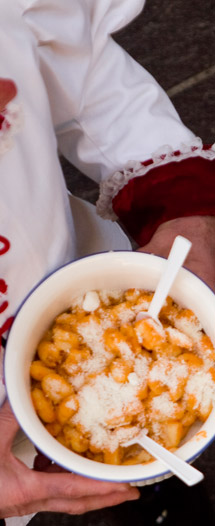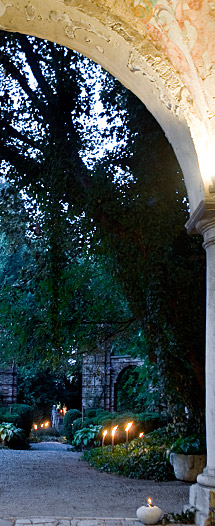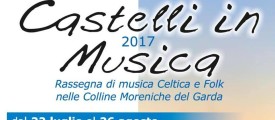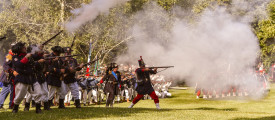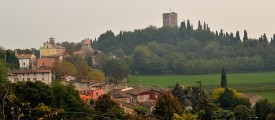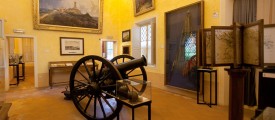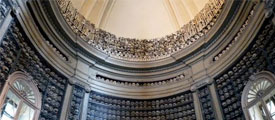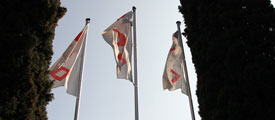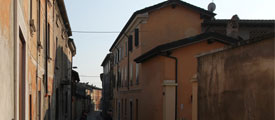SOLFERINO
Solferino has been inhabited since the Bronze age, as attested by important findings from Barche and Pozzo Catena linked to the Culture of Polada and dated 1400. B.C. In the Middle Ages the fortress was built as a military lookout over the entire Po Valley and was later called Italy’s Spy. In the early sixteenth century, along with Castel Goffredo -the capital- and Castiglione delle Stiviere, Solferino became part of a Marquisate governed by Aloysio Alessandro Gonzaga. After his death, the estate was divided between his three sons. Orazio, the youngest, got Solferino.
At the beginning of the seventeenth century, after a history of bloody events, Solferino joined the Principality of Castiglione, following its fortunes until the Habsburg domination. But the name of Solferino is bound to the memory of one of the most crucial episodes in the Italian Risorgimento. On 24 June 1859, in fact, during the Second War of Independence, Solferino, San Martino and many towns in the northern province of Mantua had been the stage of the battle that saw fighting, on one side, the armies of Piedmont and France and, on the other, the Habsburgs, who came out defeated. It was a bloody and violent battle, that registered the loss of over 30,000 men. The severity of this slaughter inspired Henry Dunant, in the meantime in Castiglione, to establish the International Red Cross (1863). In 1870, Count Luigi Torelli instituted the Solferino and San Martino Company, entrusted to honor the memory of the dead, keep alive the Risorgimento ideals and preserve the monuments.

